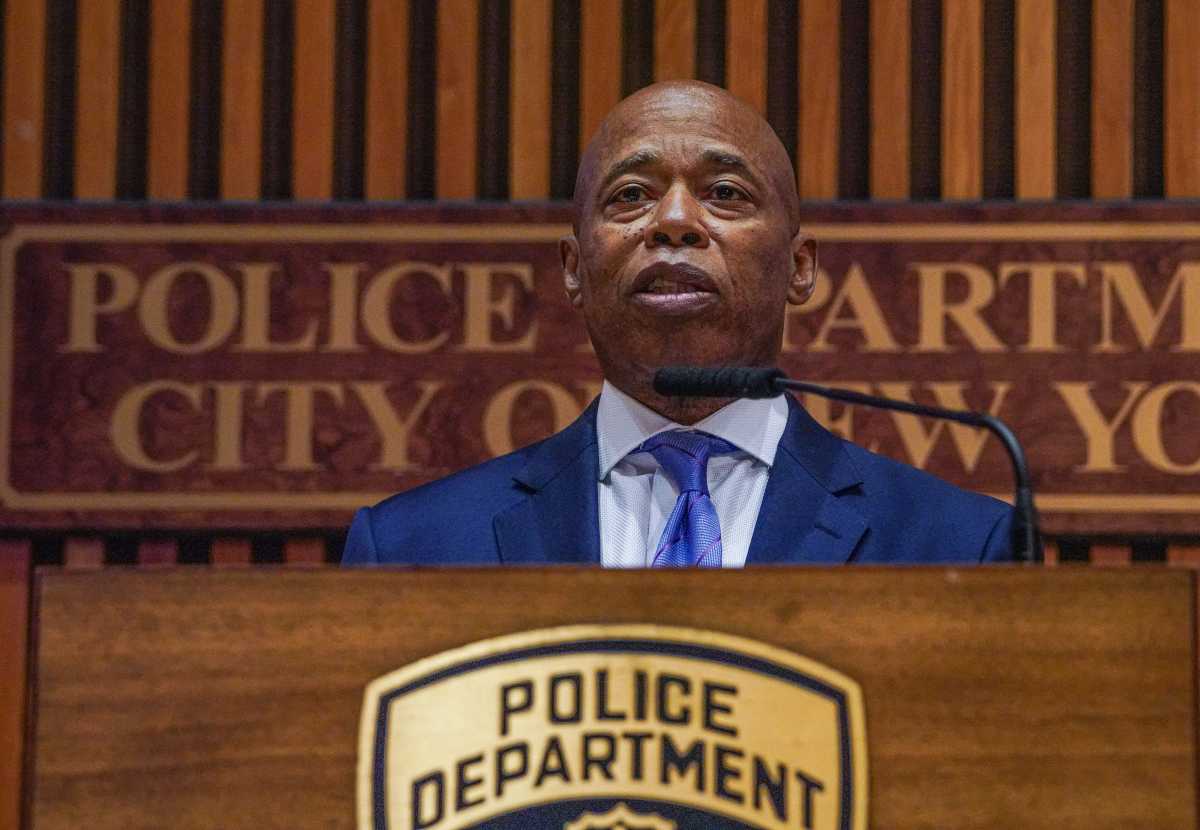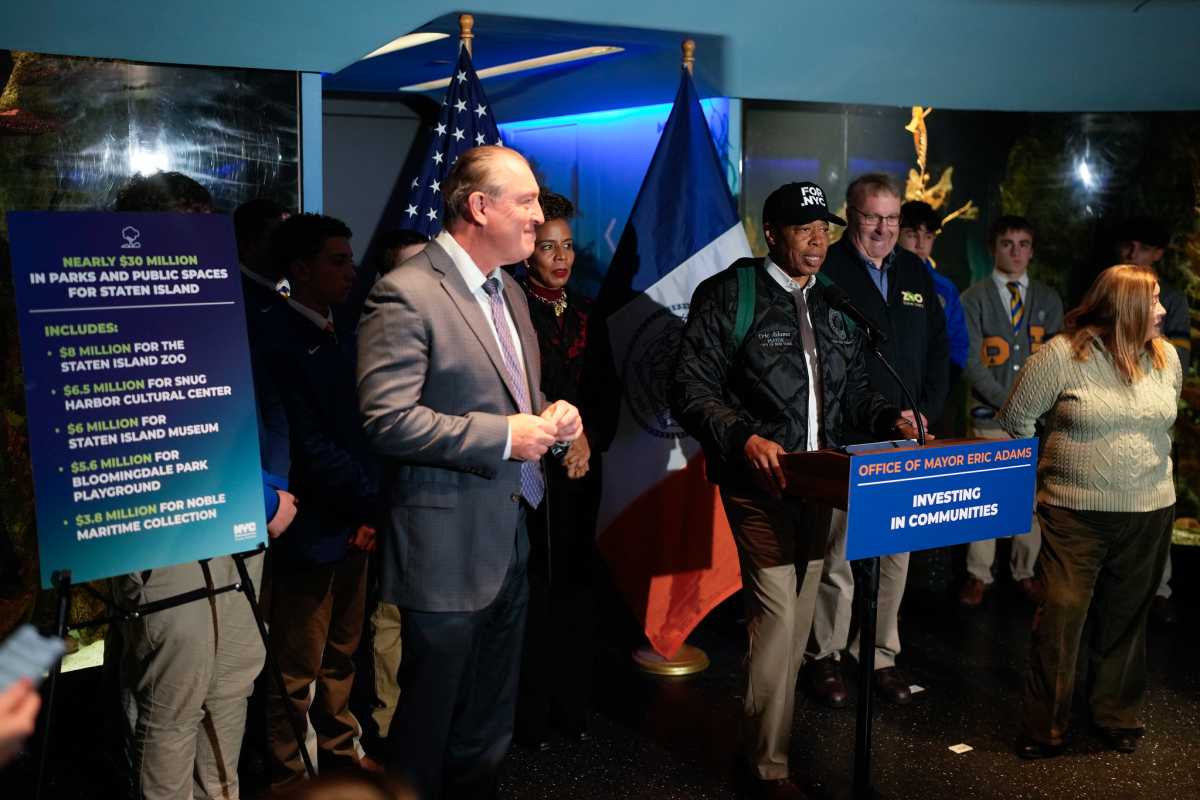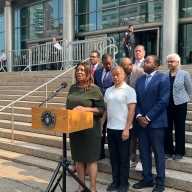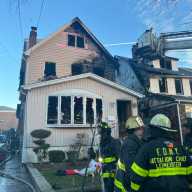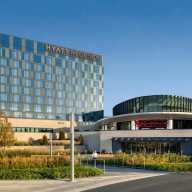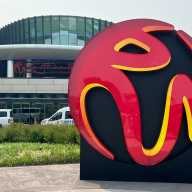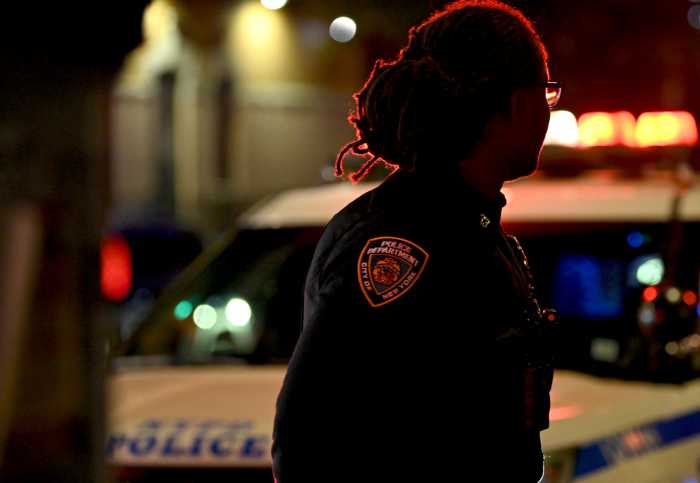BY ELIZABETH LUSSKIN AND SHARON GREENBERGER
With public land an increasingly scarce proposition, and the demands of a rapidly growing population placing undue strain on our existing infrastructure, smart planning that safeguards the long-term future of New York City and Queens is more important than ever. But any plans for the future should be borne out of a collaborative conversation with the community.
That’s why when New York City and Amtrak embarked on one of the largest possible public planning opportunities in the city, they chose to create an advisory committee comprised of a broad base of stakeholders. The group’s mandate was not to rubber stamp or own the plan, but to advise on an inclusive process and to give honest, sometimes very challenging feedback. We had the honor of co-chairing this committee of 40 New Yorkers and watching the process of public engagement shape the plan being released today.
This 18-month public process was designed to do three things: 1) engage the community in thinking holistically about their immediate needs for the area; 2) look ahead to the next generation of New Yorkers; and 3) maintain and protect critical rail operations. Planning efforts included regular Steering Committee meetings, well-attended public meetings, four community workshops, a digital town hall, group interviews with more than 145 organizations, and more than 100 in-person interviews with community stakeholders. We were inspired to see the high level of civic engagement throughout the process in this variety of forums.
The Sunnyside Yard Master Plan Steering Committee gave important advice on this process, to facilitate a broad based and direct approach to assessing the best solutions for our community. Together, this group of community leaders, advocates, policy experts, and elected officials began by drafting Guiding Principles for the project, which were then refined through the public engagement process. We have watched as those principles, the subsequent feedback from the Steering Committee and the robust public engagement, have shaped the framework for growth for the neighborhood, city and region.
We see the public input reflected in the reality that this plan is not about maximum density, but rather about enhanced livability and a balance of uses in a sustainable community. It’s worth noting that the proposed first investment is for a new regional transit hub, Sunnyside Station, a civic central hub and major new open space, in response to the priorities clearly articulated in the public process.
This long-term framework is a starting point to guide future decisions and projects that will deliver public goods to strengthen Western Queens and the city. The work is far from done. The city and Amtrak are now forming a nonprofit governance entity in partnership with elected officials, community representatives, and other key stakeholders to ensure that the master plan priorities are followed, and that the public will always have a seat at the table.
As the largest remaining undeveloped public space in New York City, both centrally located and sitting within the heart of Western Queens, Sunnyside Yard presents a unique opportunity to build a stronger New York, and responsible, ambitious, inclusive planning must continue to be at the heart of that process. We encourage residents and stakeholders to continue engaging at every stage to help create a brighter future for Western Queens and New York City.
By Co-Chairs of the Sunnyside Yard Master Plan Steering Committee Elizabeth Lusskin, President of the LIC Partnership, and Sharon Greenberger, President and CEO of the YMCA of Greater New York


